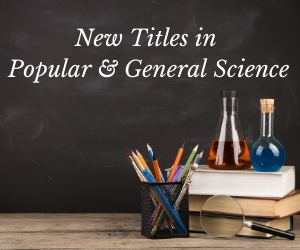The book helps scientists write papers for scientific journals. Using the key parts of typical scientific papers (Title, Abstract, Introduction, Visuals, Structure, and Conclusions), it shows through numerous examples, how to achieve the essential qualities required in scientific writing, namely being clear, concise, convincing, fluid, interesting, and organized. To enable the writer to assess whether these parts are well written from a reader's perspective, the book also offers practical metrics in the form of six checklists, and even an original Java application to assist in the evaluation.
The focus of the book is on self- and reader-assisted assessment of the scientific journal article. It is also the first time that a book on scientific writing takes a human factor view of the reading task and the reader scientist. By revealing and addressing the physiological causes that create substantial reading difficulties, namely limited reader memory, attention span, and patience, the book guarantees that writing will gain the much coveted reader-centered quality.
Sample Chapter(s)
Chapter 1: Require Less from Memory (602 KB)
Contents:
- The Reading Toolkit:
- Require Less from Memory
- Sustain Attention to Ensure Continuous Reading
- Reduce Reading Time
- Keep the Reader Motivated
- Bridge the Knowledge Gap
- Set the Reader's Expectations
- Set Progression Tracks for Fluid Reading
- Detect Sentence Fluidity Problems
- Control Reading Energy Consumption
- Paper Structure and Purpose:
- Title: The Face of Your Paper
- Abstract: The Heart of Your Paper
- Headings-Subheadings: The Skeleton of Your Paper
- Introduction: The Hands of Your Paper
- Introduction Part II: Popular Traps
- Visuals: The Voice of Your Paper
- Conclusions: The Smile of Your Paper
- Additional Resources for the Avid Learner
Readership: Students, professional scientists and researchers.
























